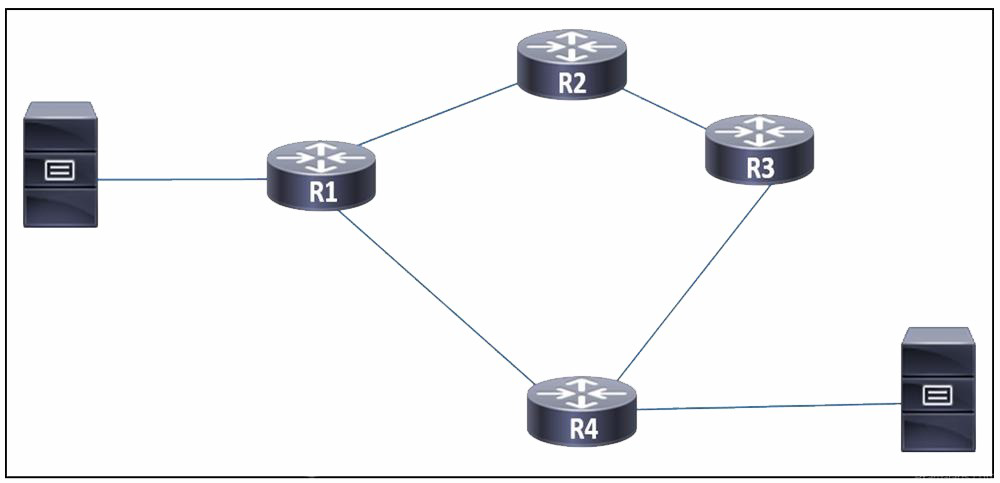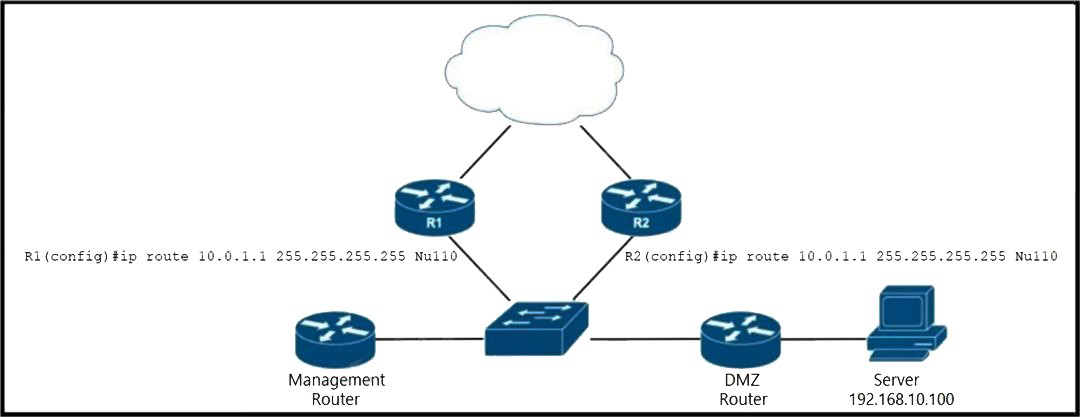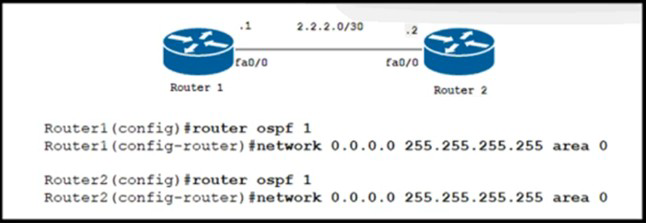Looking for reliable study material for the Cisco 350-501 exam? DumpsBox offers top-notch study material for the Implementing and Operating Cisco Service Provider Network Core Technologies (SPCOR) exam. Our comprehensive 350-501 practice test questions, provided in PDF format, are designed to reinforce your understanding of 350-501 Dumps.
With our detailed Implementing and Operating Cisco Service Provider Network Core Technologies (SPCOR) question-answer approach, you’ll be fully equipped to tackle the complexities of the 350-501 exam and achieve success. You can rely on our authentic Implementing and Operating Cisco Service Provider Network Core Technologies (SPCOR) braindumps to strengthen your knowledge and excel in CCIE Service Provider.
What You will Learn with Dumpsbox 350-501 Braindumps:
Preparing for the Cisco 350-501 exam can be a challenging task, but with the help of Dumpsbox, you can achieve a brilliant success in your certification journey. Dumpsbox offers a reliable and comprehensive solution to assist you in your Implementing and Operating Cisco Service Provider Network Core Technologies (SPCOR) preparation, ensuring you are fully equipped to pass the CCIE Service Provider exam with flying colors. Dumpsbox provides an extensive range of exam materials that cover all the topics and concepts included in the 350-501 exam. Their study materials are designed by experts in the field, ensuring accuracy and relevance to the CCIE Service Provider exam syllabus. With Dumpsbox, you can be confident that you have access to the most up-to-date and comprehensive resources for your Implementing and Operating Cisco Service Provider Network Core Technologies (SPCOR) exam preparation.





